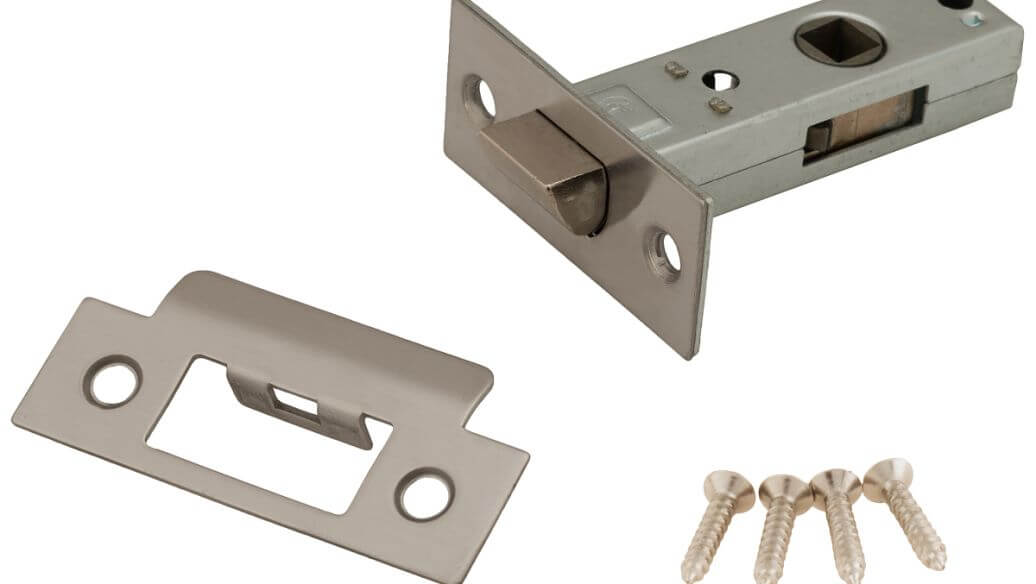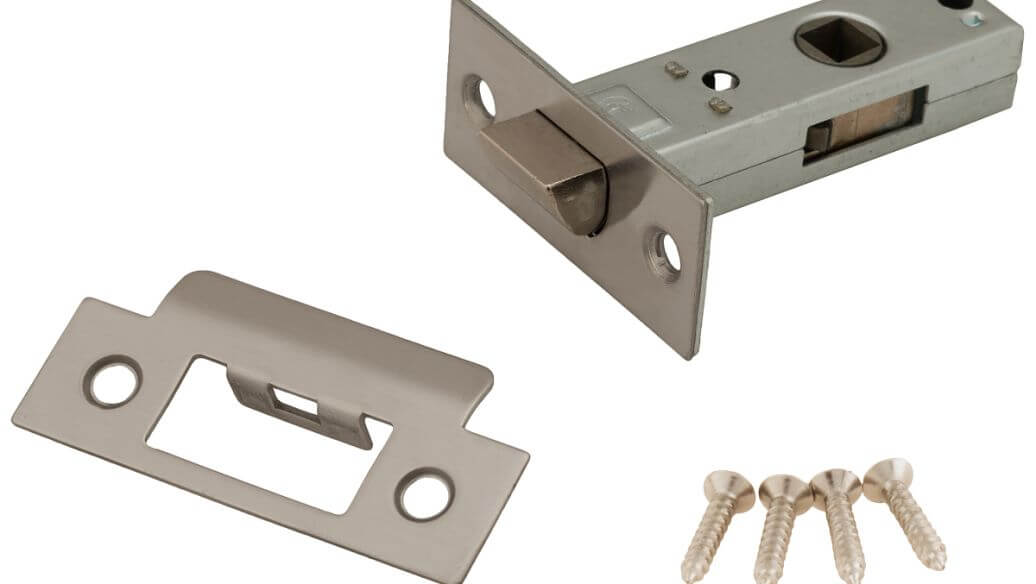The bending and forming of metal sheets is carried out on a bending machine.
To form the part, it is placed in the machine and the brake shoe is lifted by the lifting lever. The workpiece is then positioned correctly and the brake shoe is lowered onto the workpiece to apply the force necessary for bending and forming.
The bending and shaping of metal is achieved by applying force to the bending lever of the machine.

The minimum radius of curvature of a metal is determined by its ductility and thickness. For aluminum plates, the bending radius must be greater than the thickness of the plate.
During the bending process, springback may occur, so the bending angle of the metal should be slightly greater than the desired angle.
Metal plate bending is carried out in a metal processing workshop, and sheet metal processing is a series of processes that include bending, riveting and welding of metal materials.
In sheet metal processing, several problems can arise during the bending process, and the following are potential solutions to these problems.
Problem 1: The folded edge is not straight and the size is unstable
Causes of uneven bent edge and unstable dimension:
⑴ Lack of pressing or pre-bending arrangements in the design process;
⑵ Inadequate bending strength;
⑶ Uneven wear or tension on the rounded corners of the male and female dies;
⑷ Height dimension too small.
There are four solutions:
⑴ Design the crimping or pre-bending process.
⑵ Increase the pressing force.
⑶ Make sure the space between the male and female dies is even and the rounded corners are polished.
⑷ Make sure the height dimension meets the minimum limit dimension.
Problem 2: scratches on the outer surface after bending the part
Causes of scratches on the outer surface after bending the part:
⑴ The surface of raw materials is rough.
⑵ The bending radius of the punch is insufficient.
⑶ The bending clearance is inadequate.
Solutions mainly include:
⑴ Improve the surface finish of male and female dies.
⑵ Increase the bending radius of the punch.
⑶ Adjust the bending gap.
Problem 3: bending angle crack
Reasons for bending angle cracks:
⑴ The internal bending radius is insufficient.
⑵ The grain direction of the material is aligned with the bending curve.
⑶ The burr on the blank faces outward.
⑷ The plasticity of the metal is low.
Solutions mainly include:
⑴ Increase the bending radius of the punch.
⑵ Change the suppression layout.
⑶ Make sure the burr is on the fillet of the part.
⑷ Perform annealing or use softer materials.
Problem 4: Hole deformation caused by bending
Causes of hole deformation caused by bending:
When employing elastic bending and positioning with holes, the outer side of the bending arm may be distorted due to friction between the surface of the female die and the outer surface of the workpiece, leading to deformation of the positioning holes.
Solutions mainly include:
⑴ Implement fit bending.
⑵ Increase the pressure of the ejector plate.
⑶ Place a grid with recesses on the ejector plate to increase friction and prevent parts from sliding during bending.
Problem 5: Extruded material on curved surface becomes thinner
Reasons for thinning of extruded material on curved surface:
⑴ The female fillet is very small;
⑵ The gap between the male and female dies is very small.
Solutions mainly include:
⑴ Increase the fillet radius of the female die;
(2) Correct the gap between the male and female dies.
Problem 6: Protruding or uneven end surface
The reasons for protrusion or irregularity of the end face of the part are:
During bending, the outer surface of the material is stressed in the circumferential direction, leading to shrinkage deformation, while the inner surface is stressed in the circumferential direction, causing elongation deformation. As a result, the end face along the bending direction will experience a bulging effect.
Solutions mainly include:
⑴ Make sure that the male and female dies have adequate pressure during the final stamping stage.
⑵ Align the fillet radius of the female die with the fillet of the workpiece.
⑶ Enhance the added process.
Problem 7: The bottom of the concave part is uneven
The reasons for the uneven bottom of the concave part are:
⑴ The material has irregularities.
⑵ The contact area between the top plate and the material is limited or the lifting force is inadequate.
⑶ The female mold does not have a lifting device.
Solutions mainly include:
(1) Leveling materials;
⑵ Adjust the lifting device to increase the lifting force;
⑶ Add lifting device or fix;
⑷ Add modeling process.
Problem 8: After bending, the axis of the two holes on opposite sides is displaced
The causes of axial misalignment of the two opposing holes on both sides after bending are:
The springback of the material changes the bending angle and causes a shift in the center line.
The main solutions are:
Improve the correction process and improve the bending die design to minimize material springback.
Problem 9: Hole position and dimension accuracy cannot be guaranteed after bending
Reasons why the dimensional accuracy of the hole position cannot be guaranteed after bending:
⑴ The developed dimension of the parts is wrong;
⑵ Caused by material rebound;
(3) Unstable positioning.
Solutions mainly include:
⑴ Accurately calculate the size of the blank;
⑵ Add correction process or improve the bending die forming structure;
⑶ Change the process processing method or increase the process positioning.
Problem 10: The bending curve is not parallel to the center line of the two holes
The reason why the bending curve is not parallel to the center line of the two holes is:
When the bending height is less than the minimum bending height limit, the bent part will expand.
The solution is:
Increase the height and size of bent parts and improve the process methods of bent parts.
Problem 11: the deflection of the arc occurs in the direction of the width of the bent part
The transverse deformation and arc-shaped deflection of the bent part in the width direction are caused by the uneven stretching and contraction in the width direction of the workpiece, leading to twisting and deflection.
Solutions mainly include:
⑴ Increase bending pressure;
⑵ Add correction process;
⑶ Make sure there is a certain angle between the grain direction of the material and the bending direction.
Problem 12: Products with notches deflect downward
The reasons for downward deflection of notched products are as follows:
The notch makes the two straight edges open to the left and right, and the bottom of the workpiece deflects.
Solutions mainly include:
⑴ Improve the structure of parts;
⑵ Increase the process margin on the cut to connect the cuts, and then cut the process margin after folding.

























































